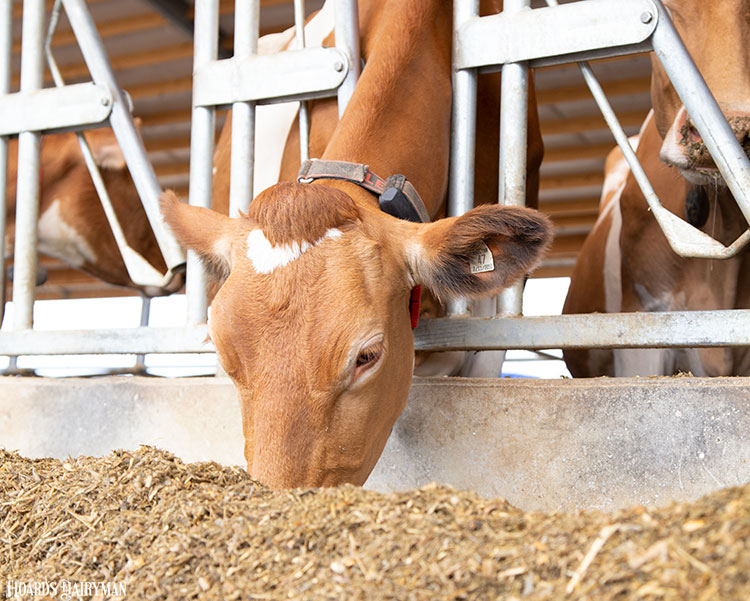
Those of us who feed cows are not late to the party when it comes to managing carbon. In fact, we have been at the “carbon party” for a really long time. I think back to my freshman animal nutrition class in college and recall the beginnings of the conversation that now would be worthy of the evening news.
Growing up around various farm animals, it was obvious to me at an early age that cows were different from pigs and chickens based simply on the things they ate. As I carried so many 5-gallon buckets full of different types of feed to mostly pigs and cows as a kid, the differences were obvious. In college, I learned more about the “why.”
The key organ that describes the difference here is the rumen. As a kid growing up and deciding that I liked cows better than pigs, I am not sure when I became aware of the rumen. It was most likely in livestock production modules in agricultural education classes in high school.
By the end of the first semester of animal science in college, the realities of the rumen and the significant power it holds to convert roughage to meat and milk were crystal clear. Involved in that quick education was the word “methane” that now has the attention of many in the world. Another way to say this is that those of us who feed cows have been thinking about methane for a long time.
The story angle may have changed
I tell this story to illustrate that we in animal agriculture are losing the game of owning the narrative of a principle that we have been managing long before it was newsworthy. For sure, the angle of the story has changed, and we can pivot a bit to think about things other than enhancing feed efficiency, but none the less, the principles are the same. We all want more of the carbons that we buy or grow in dairy feed to end up in the milk truck and not in the air.
Thinking back to the nutrition class at Auburn University in the fall of 1984, I remember using a familiar acronym of sorts to remember the three main volatile fatty acids (VFA) that were produced in the rumen from carbohydrates in the diet. This acronym was APB, like “all-points bulletin.” It kept them in the right order for the number of carbons in each. These are acetate, propionate, and butyrate . . . C2, C3 and C4.
In those days, the cows I loved were beef, not dairy. But, here again, the principles are the same.
Let’s pause for a quick and dirty three-minute nutrition lesson to frame this up. Carbohydrates, like starch in corn and fiber in forage, are made of carbons. Carbons are the fuel that make everything go, from the cow making milk or beef to the feed truck burning fuel to feed the cows. Carbons are the fuel. However, the cow needs these carbons in the form of glucose. The microbes in the rumen set this up for the cow.
The VFAs are the intermediate step accomplished by the microbes in the rumen. Different ratios of VFAs based on different diets and rumen manipulations can reduce the amount of the carbons that end up as methane and are lost. If the carbon ends up as methane, it cannot be converted to glucose. This is the problem, and the opportunity.
Are winners and losers necessary?
My goal in taking us all back to school is to encourage us to look at managing methane loss in the same frame of mind as I did as an 18-year-old college student and not in the politically charged environment with terms like existential threat and other apocalyptic phrases. This is not a political rant, but rather a scientific look at ways we as milk and beef producers can increase efficiency and address various other concerns at the same time.
There doesn’t have to be a winner and a loser here.
We have been managing this methane loss for my entire career with ionophores in rations. These days, with the enhanced focus on this opportunity, there are several other tools as well. Yes, some of them may at first sound a little “snake oily,” but don’t jump to quick judgement.
The people that buy your milk are asking for us to make progress here. My encouragement is to give it a try. No one is going to come to your dairy with a product that hasn’t already endured testing for efficacy and safety. As well, none of these are world-changers or the magic bullet for a bunch of extra milk.
But, if the technology reduces methane, it will improve the efficiency of production. Depending on the cost of feed, the cost of the additive, and the value of milk sold, this has a good chance of pleasing your milk-consuming customer and helping your bottom line.








